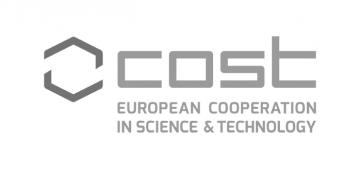Kohl Y, Biehl M, Spring S, Hesler M, Ogourtsov V, Todorovic M, Owen J, Elje E, Kopecka K, Moriones OH, Bastús NG, Simon P, Dubaj T, Rundén-Pran E, Puntes V, William N, von Briesen H, Wagner S, Kapur N, Mariussen E, Nelson A, Gabelova A, Dusinska M, Velten T, Knoll T. Small. 2021;17(15):e2006012. (OA)
Microfluidic technology is a valuable tool for realizing more in vitro models capturing cellular and organ level responses for rapid and animal-free risk assessment of new chemicals and drugs. Microfluidic cell-based devices allow high-throughput screening and flexible automation while lowering costs and reagent consumption due to their miniaturization. There is a growing need for faster and animal-free approaches for drug development and safety assessment of chemicals (Registration, Evaluation, Authorisation and Restriction of Chemical Substances, REACH). The work presented describes a microfluidic platform for in vivo-like in vitro cell cultivation. It is equipped with a wafer-based silicon chip including integrated electrodes and a microcavity. A proof-of-concept using different relevant cell models shows its suitability for label-free assessment of cytotoxic effects. A miniaturized microscope within each module monitors cell morphology and proliferation. Electrodes integrated in the microfluidic channels allow the noninvasive monitoring of barrier integrity followed by a label-free assessment of cytotoxic effects. Each microfluidic cell cultivation module can be operated individually or be interconnected in a flexible way. The interconnection of the different modules aims at simulation of the whole-body exposure and response and can contribute to the replacement of animal testing in risk assessment studies in compliance with the 3Rs to replace, reduce, and refine animal experiments.


